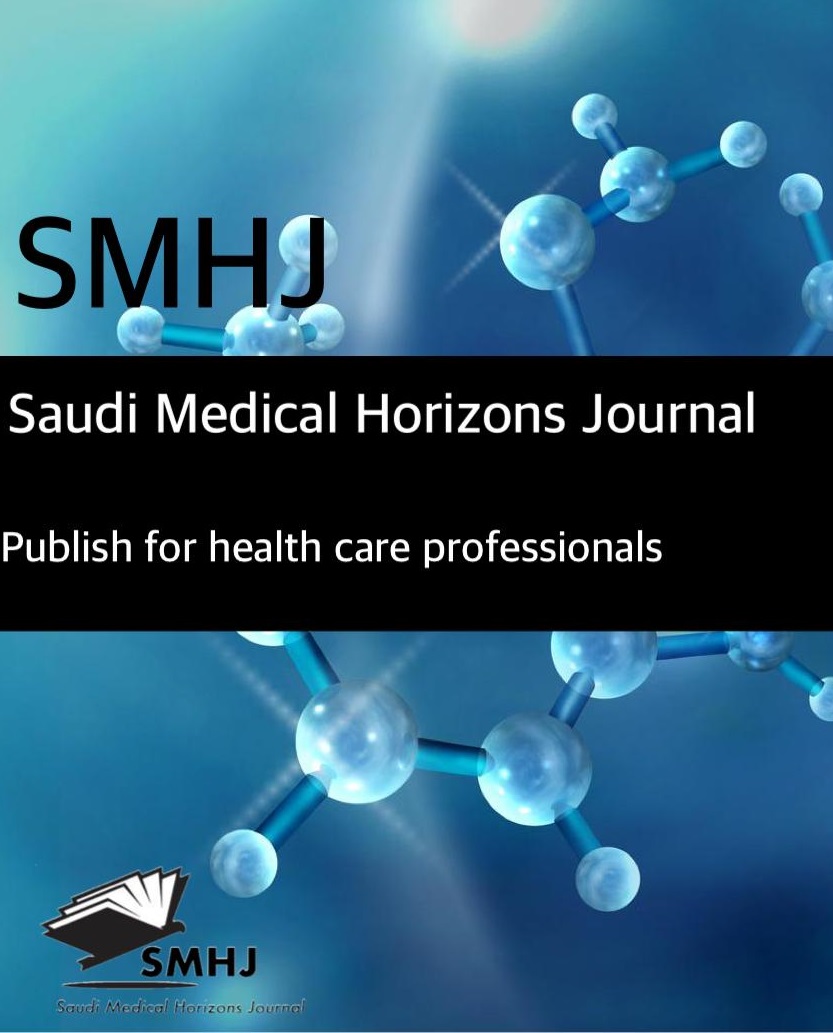Efficacy and Complications of Open vs. Laparoscopic Splenectomy: A Systematic Review
DOI:
https://doi.org/10.54293/smhj.v5i3.168Keywords:
Splenectomy, Laparoscopic surgery, Open surgery, Portal hypertension, Postoperative complications, Minimally invasive surgery, Hematologic disordersAbstract
Splenectomy is a critical surgical intervention for various hematologic disorders, trauma, and portal hypertension. While laparoscopic splenectomy has gained popularity due to its minimally invasive nature, debates persist regarding its comparative efficacy and safety versus open splenectomy, particularly in high-risk populations. This systematic review followed PRISMA guidelines, analyzing studies from PubMed, Web of Science, Scopus, and ScienceDirect. Six comparative studies (total number = 1,320 patients) were included, assessing operative outcomes, complications, and long-term efficacy. Risk of bias was evaluated using the Newcastle-Ottawa Scale. Laparoscopic splenectomy demonstrated significant advantages, including reduced intraoperative blood loss (180 mL vs. 380 mL, p < 0.001), shorter hospital stays (6 vs. 11 days, p < 0.001), and lower complication rates (24.2% vs. 56.1%, p < 0.001). Operative times were longer for laparoscopy (185 vs. 144 minutes, p = 0.048), but conversion rates were low (0–4.8%). Pediatric outcomes were comparable, though laparoscopy had higher blood loss in some cases. Portal hypertension patients benefited from reduced transfusion needs (15% vs. 38%, p = 0.02) and lower portal vein thrombosis rates (8% vs. 22%, p = 0.03). Laparoscopic splenectomy is associated with superior perioperative outcomes and fewer complications compared to open splenectomy, supporting its preference in elective settings. However, surgeon expertise and patient selection remain crucial. Further randomized trials are needed to evaluate long-term immunological effects and cost-effectiveness.
Downloads
Published
How to Cite
Issue
Section
License
Copyright (c) 2025 Saudi Medical Horizons Journal

This work is licensed under a Creative Commons Attribution 4.0 International License.



